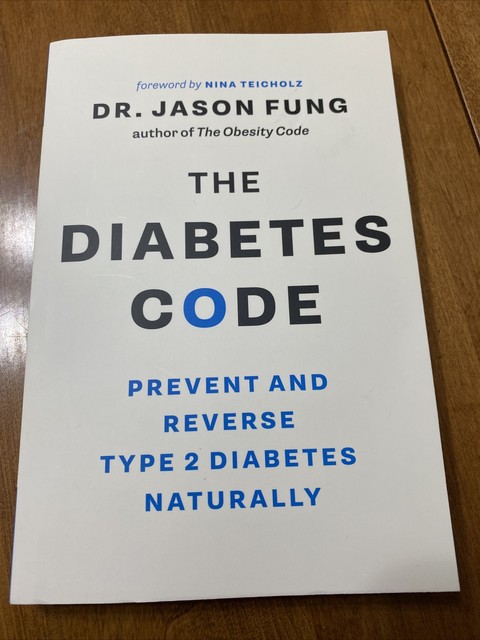
Like obesity, type 2 diabetes can’t be treated by simply limiting calorie intake. The problem, after all, isn’t a lack of insulin – as it is with type 1 diabetes – but too much insulin. That means they no longer react to insulin because there’s just too much of it the body.Īs a result, Insulin shots aren’t particularly well suited to treating type 2 diabetes. The body responds by producing large amounts of insulin in an attempt to regulate all the ingested sugar.Įventually, the body’s cells become insulin-resistant. It’s typically the result of a poor, sugar-rich diet. That’s why type 1 diabetes patients need insulin shots to live safely. When the body stops creating enough insulin, blood sugar levels spike. Insulin is the hormone responsible for regulating blood sugar levels. That means that the body’s immune system is attacking insulin-producing cells.

Let’s take a look at the differences between type 1 and type 2 diabetes. The body responds by trying to eliminate excess glucose through frequent urination. Both reflect the fact that the kidney isn’t processing blood sugar or, to give it its proper name, glucose, in the patient’s body. Its symptoms include thirst and needing to urinate frequently. Other types of the disorder are related to genetic problems and a dysfunctional pancreas.

These include types 1 and 2, as well as gestational diabetes caused by high blood sugar levels during pregnancy.

I’m talking about fasting for 3036 hours at a stretch, for up to three times a week. But it goes beyond that by advocating frequent prolonged fasts as a potential cure for diabetes. The figures make for a worrying read: one hospital in New York recently reported that it was treating ten times as many diabetes patients in 2000 than it had been in 1990 and that the majority of new cases were type 2.ĭiabetes is a disorder related to high blood sugar and consists of four basic types. This book builds on the success of very low-carb eating as a therapeutic approach to type 2 diabetes. Diabetes – and type 2 diabetes in particular – is on the rise.


 0 kommentar(er)
0 kommentar(er)
